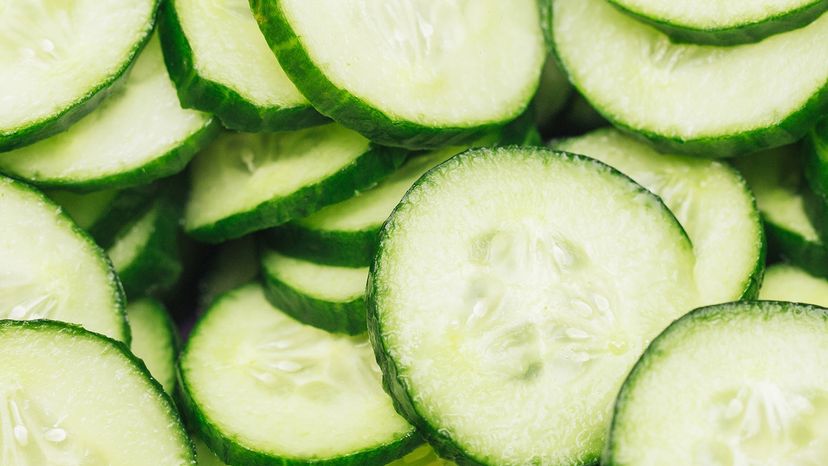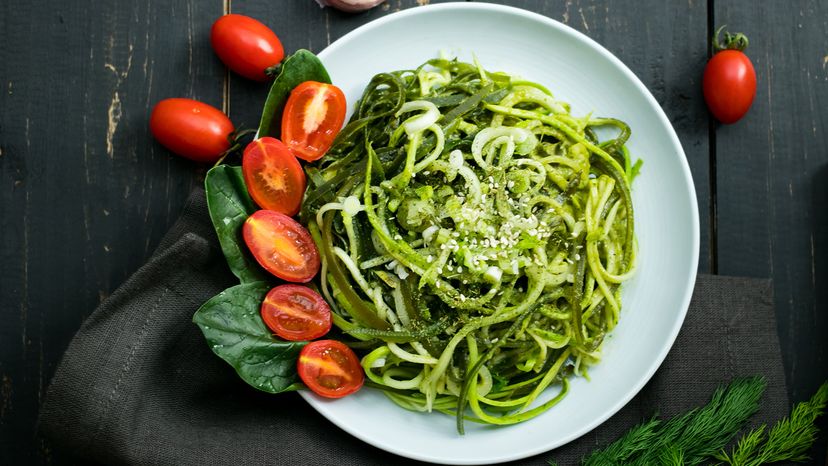
Zucchini and cucumber often share fridge space in the crisper drawer, but the zucchini vs. cucumber comparison reveals some distinct differences.
Both belong to the gourd family and are technically fruits, though they’re treated as vegetables in the kitchen. Still, their textures, flavors, and uses couldn’t be more different.
Advertisement
Both cucumber and zucchini have a cylindrical shape, green skin, and small seeds, but they differ in taste, cooking methods, and even health benefits.

